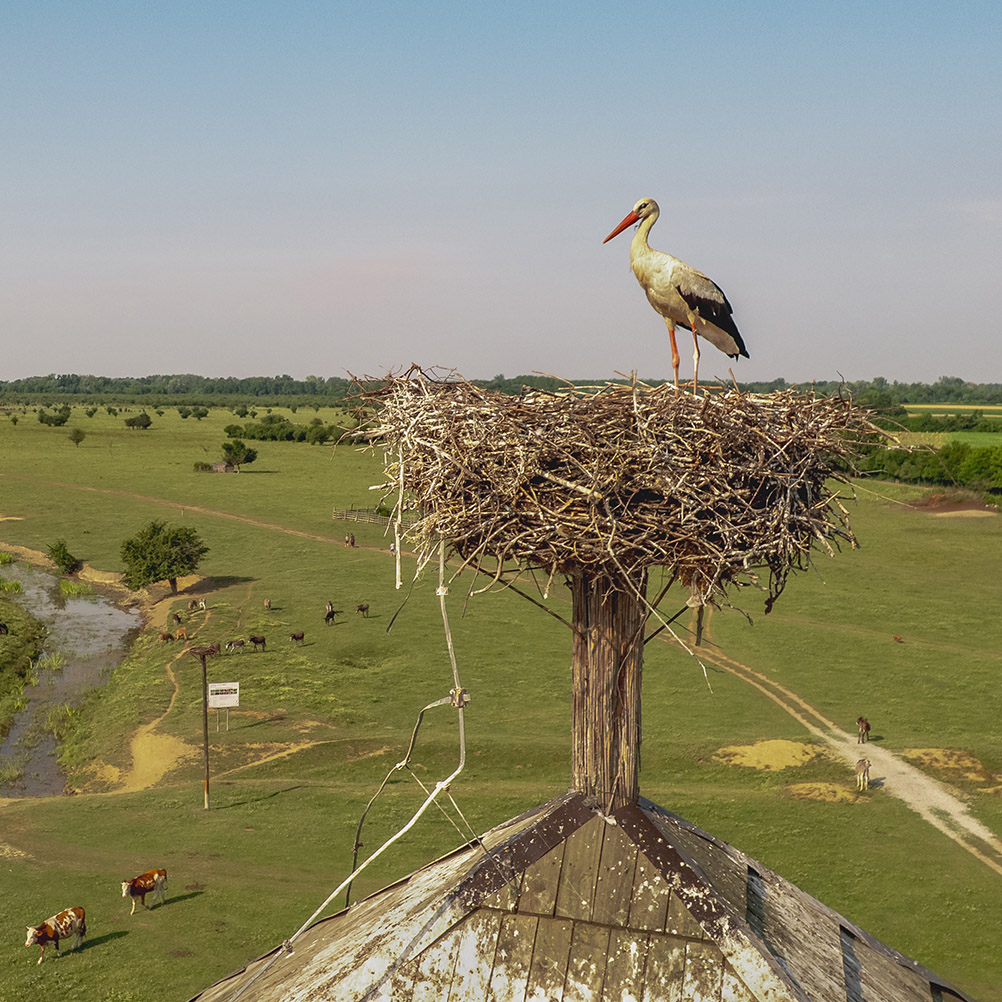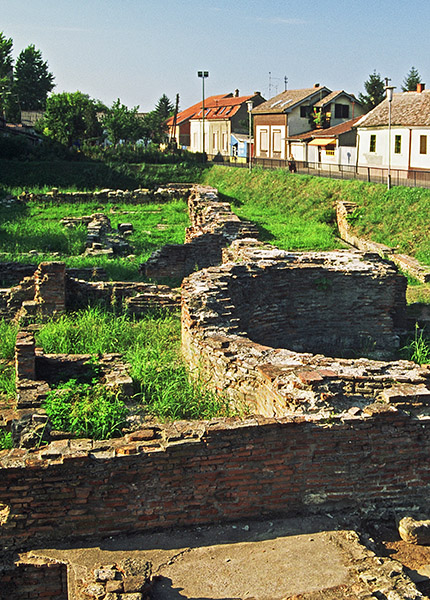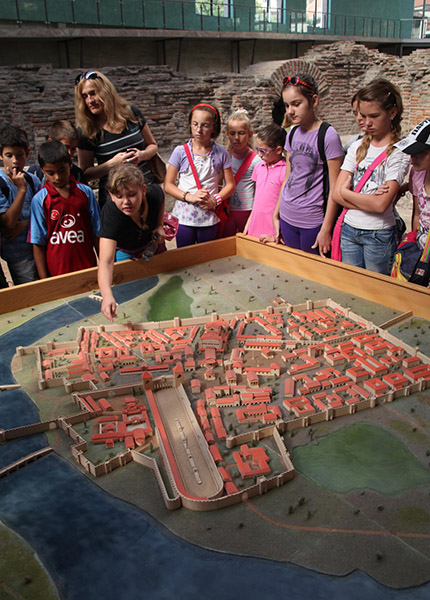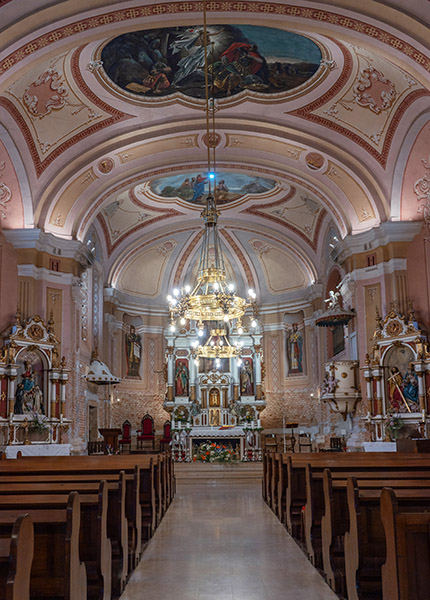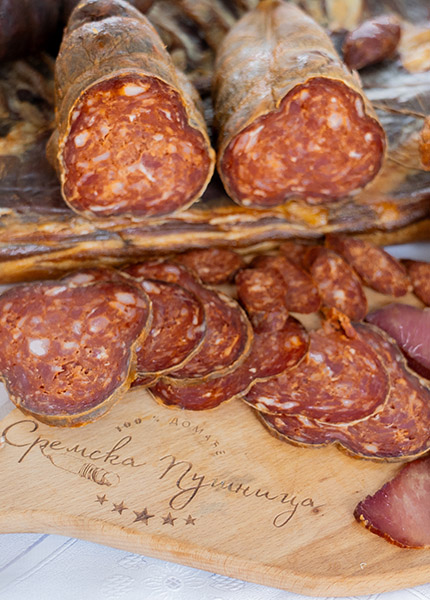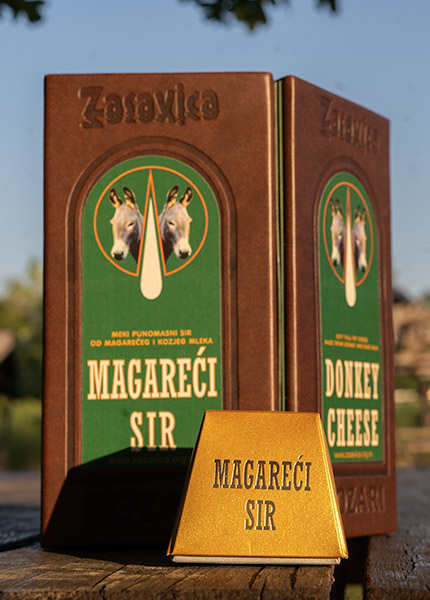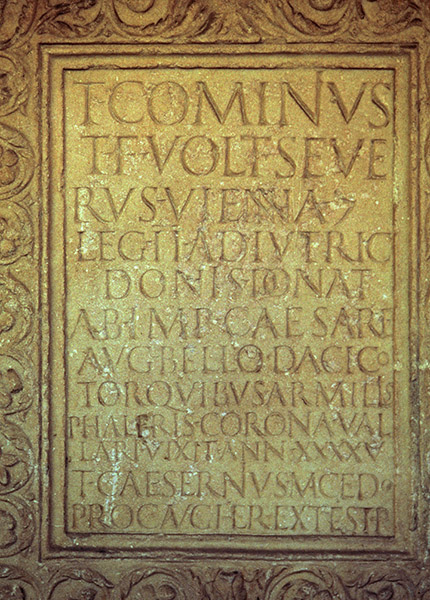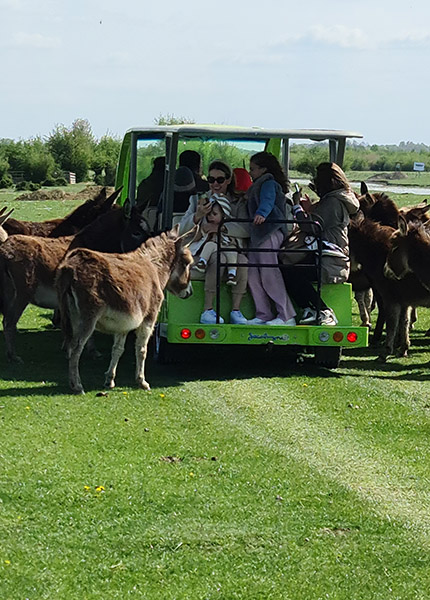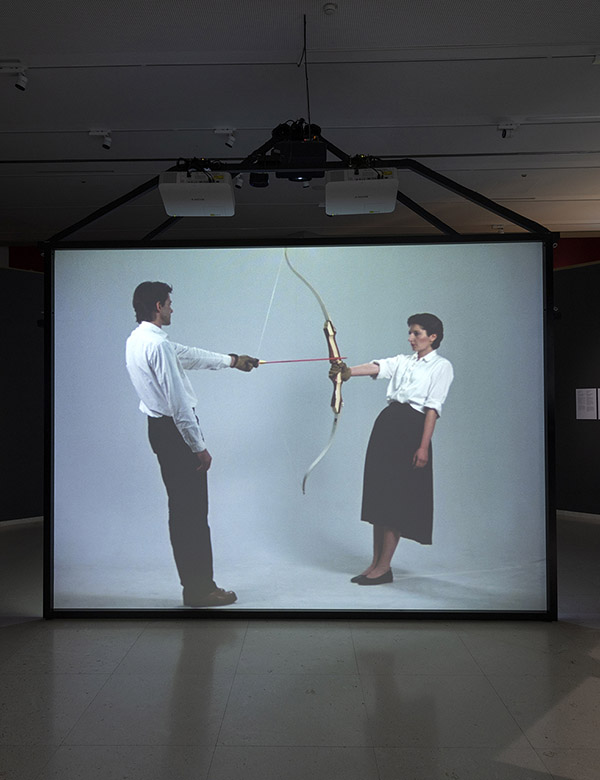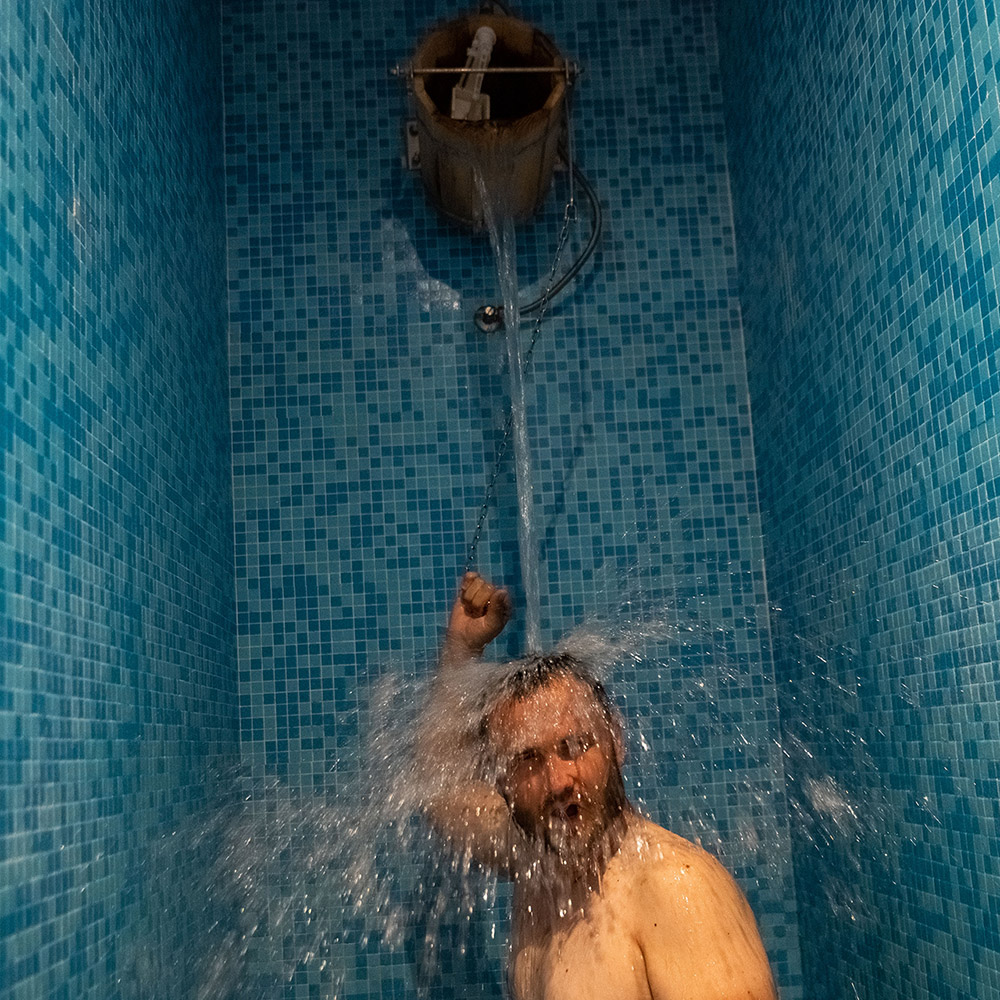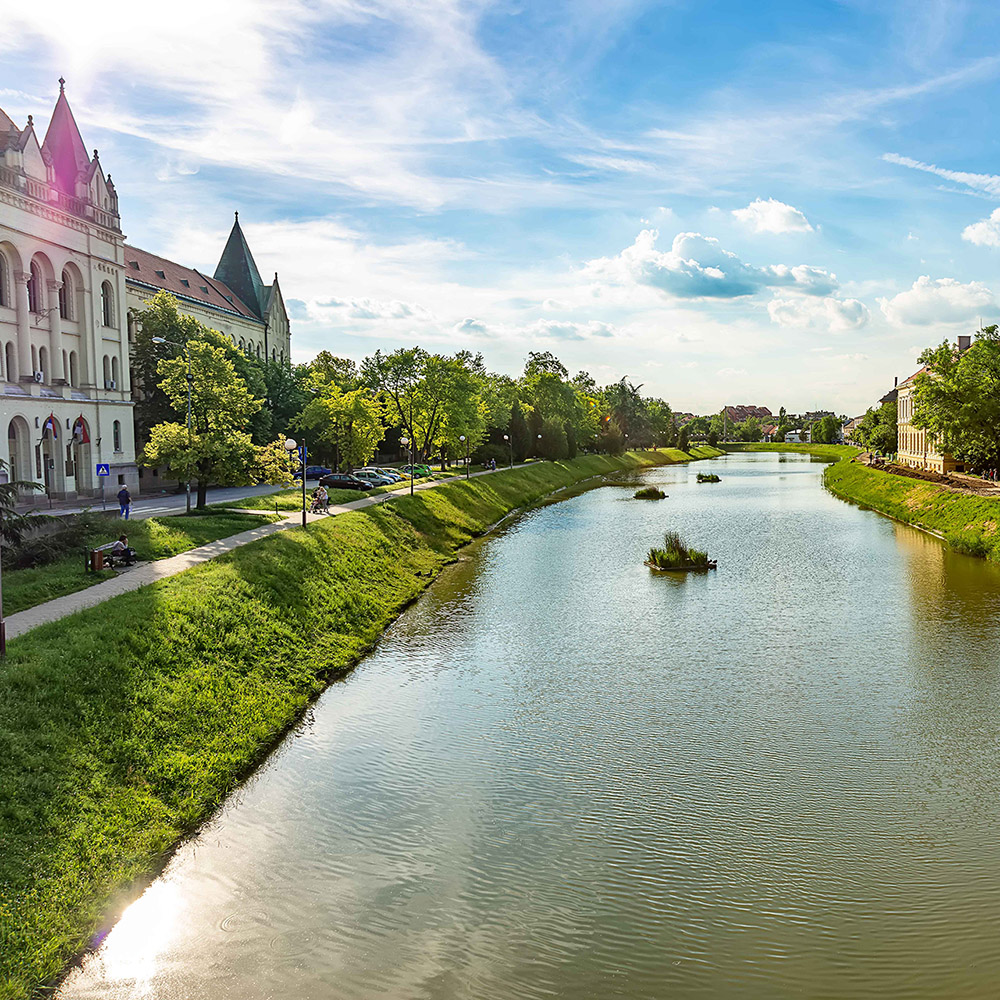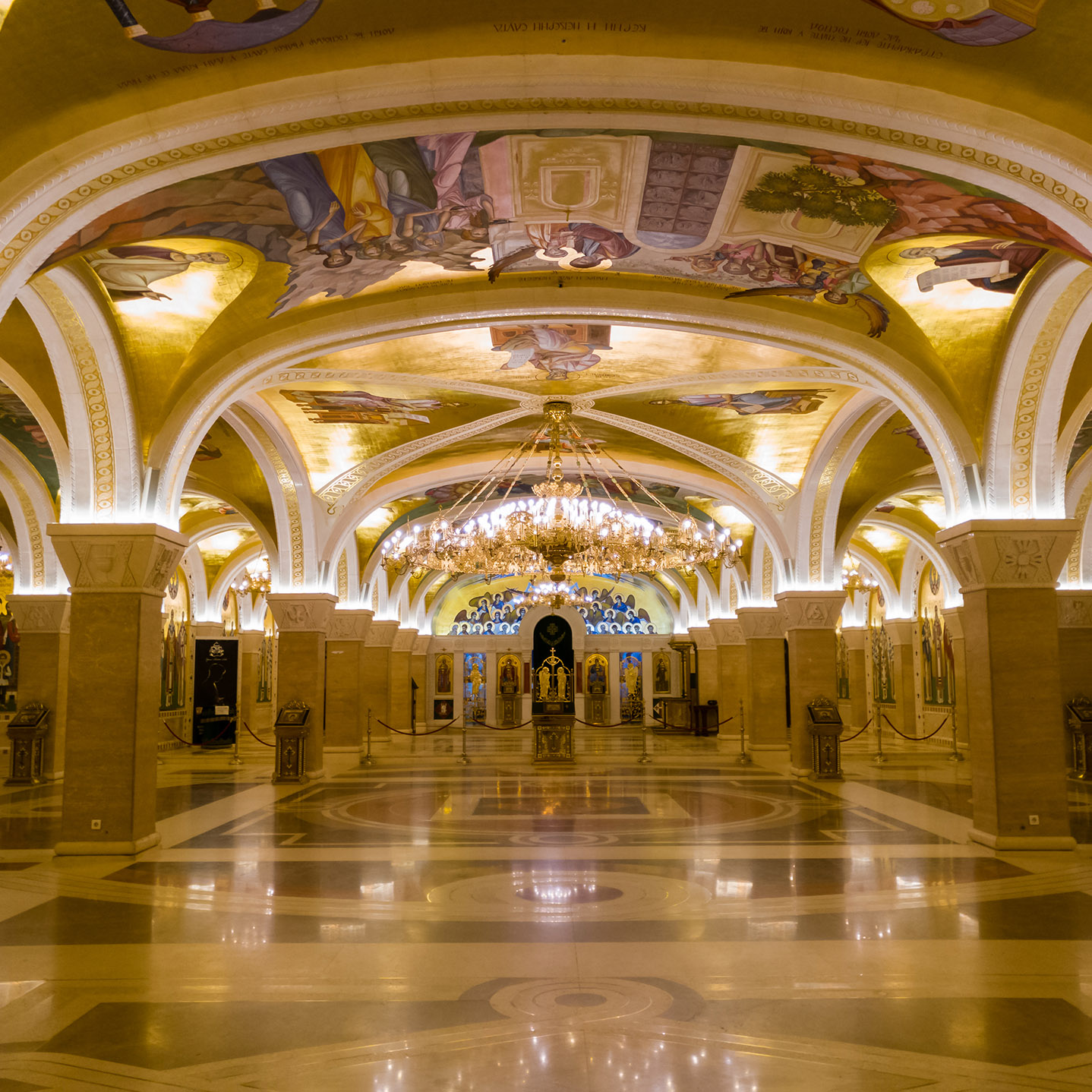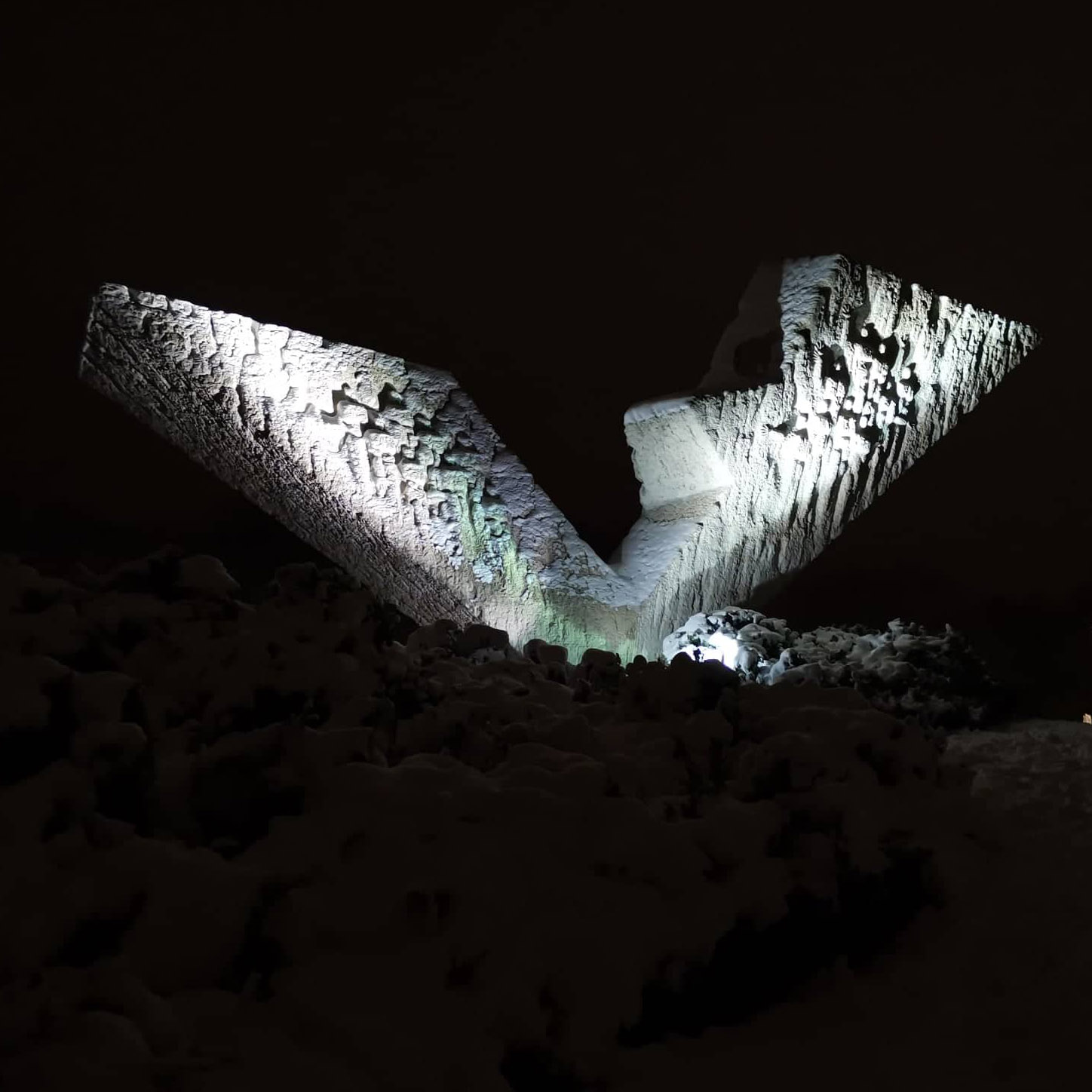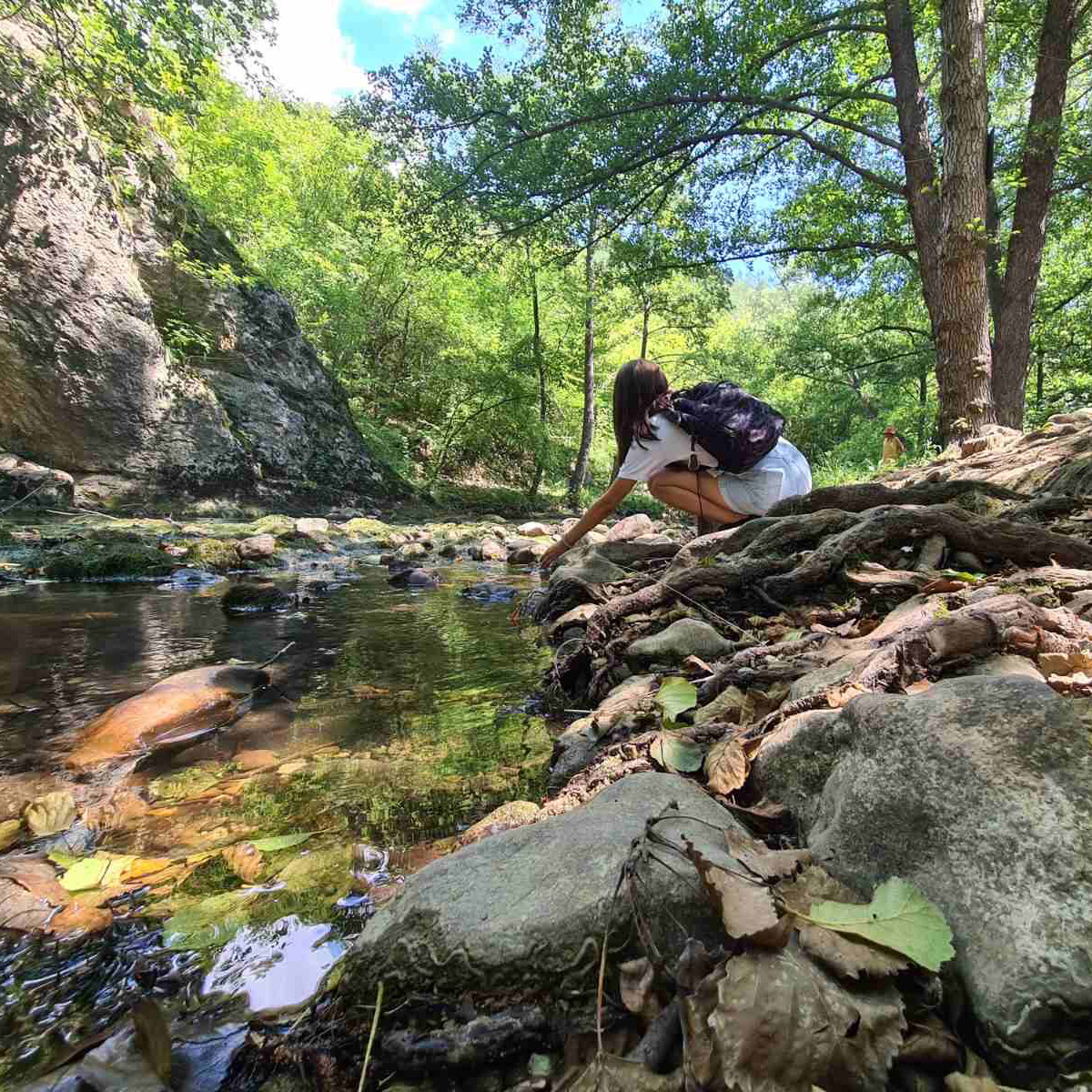A City on the Shore of History
In Sremska Mitrovica, you get the feeling that the past is still sitting at the table next to you. While the Sava River lazily mirrors the sky on one side, and the scent of orchards drifts in from the opposite bank, the city opens itself like an old book. Beneath today’s streets and squares, the mighty Sirmium still pulses—one of the four capitals of the Roman Empire—whose mosaics and walls testify to a time when the fate of the world was decided here. In this landscape, every morning smells of the river and orchards, and every street has an older brother hidden in a Roman mosaic.
The first encounter with the city often turns into a spontaneous walk to Žitni Trg. There, in the open air, the archaeological layers of Sirmium peek from beneath modern life, while the ring of houses around the square brings a breath of the Turkish and Austrian periods, as if the buildings still remember the whispers of merchants and travelers.

Culture, Spirit and Memory
In the Museum of Srem, time has its chambers. The golden coins of Constantine the Great, a marble sundial, Avar golden belts, and icons from the monasteries of Fruška Gora stand like a small private audience watching every visitor, asking whether they are ready to listen.
The sundial, a unique piece from the permanent collection of the Museum of Srem, dates to around the first century AD and is linked to the distinguished Sirmian citizen Kratilo Papije. It is considered the oldest such monument in Eastern Europe, discovered at the Roman western necropolis.
On the same map of memory lies the Memorial Cemetery in Sremska Mitrovica, one of the most recognizable works of architect Bogdan Bogdanović from 1960. Like a landscape of earth, stone, and bronze “fires,” this memorial complex speaks in a quiet language of courage, suffering, and human endurance. As Bogdanović’s only work in Vojvodina, the Memorial Cemetery stands as a place of dignity and silent meditation upon the past.
At the heart of the city stands the Basilica of Saint Demetrius, dedicated to the protector of Sremska Mitrovica. Its modern life begins after the 1880s, when the church was consecrated, later receiving the title of basilica. Today it is the seat of the renewed Diocese of Srijem and preserves a precious layer of the city’s sacred heritage. Alongside it, the city proudly keeps two other churches dedicated to Saint Demetrius—one Orthodox and one Catholic—standing together as witnesses to a spirit of unity.
At the city’s edge, beneath the slopes of Fruška Gora, lie the monasteries of Šišatovac, Petkovica, Kuveždin, Bešenovo, and Vranjaš. For centuries, books, icons, wine, and stories were kept here—stories that, passed from mouth to mouth, became part of Srem’s identity.
The artistic imprint of the city is best read in the Lazar Vozarević Gallery. The works of this painter form a delicate bridge between iconographic heritage and contemporary art, as if ancient pigments awaken again in the modern quiet of gallery walls.
The Imperial Palace, the most representative remnant of ancient Sirmium, is perhaps the strongest visual proof that the city was once one of the four capitals of the Roman world. Massive walls, a hypocaust that warmed imperial chambers, lavish floor mosaics, and traces of a grand hippodrome create a quiet yet powerful image of former glory, often mentioned in popular tourist guides.
The archaeological complex of the Imperial Palace is now open to visitors, who can step through time and literally walk the same paths once taken by Roman legionaries, while local guides love to remind guests that Sirmium was also the seat of the province Pannonia Secunda and one of the early Christian centers.
Sirmium, the Imperial Voice from the Depths

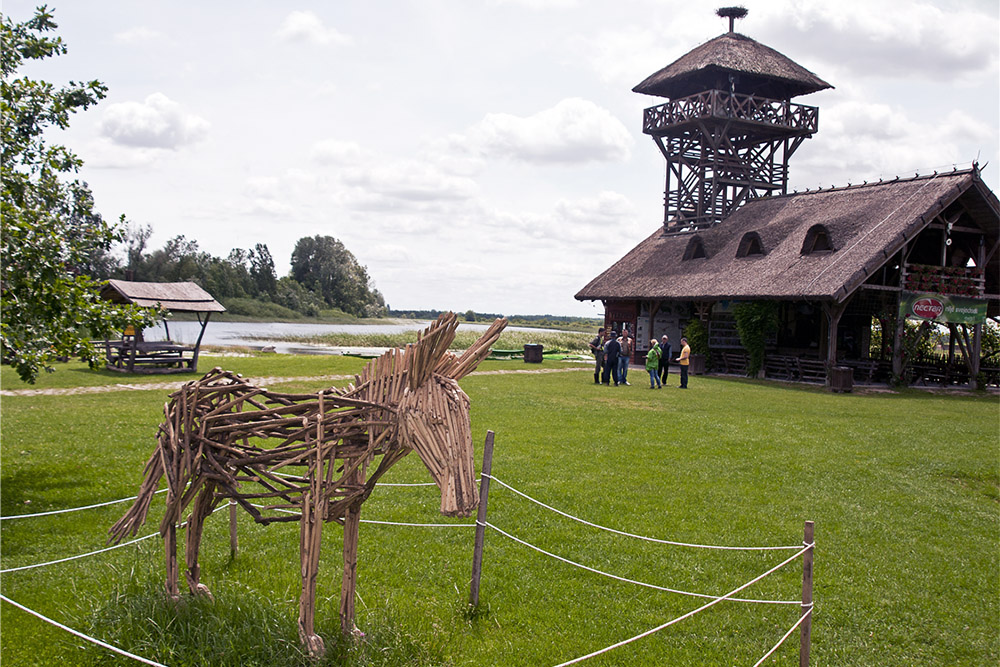
A Meeting with Nature
When life becomes as fast as a Roman courier, Sremska Mitrovica offers a retreat into nature. Just a few kilometers from the city lies the Special Nature Reserve Zasavica—an oasis of still water, reed beds, and wetland birds. In this realm of untouched nature live European beavers, Podolian cattle, Mangalica pigs, and an ancient breed of domestic donkeys whose milk is used to make the famous “Pule” cheese—the rarest and most expensive cheese in the world.
Visitors often say that Zasavica is most beautiful when the river and marsh fall silent and the animals quietly approach, as if they too enjoy company without hurry.
And when you return to the city, you’ll find the Sava River again—this time at the city beach, a beloved gathering spot for locals during the warm months. The Sava beach becomes an open-air living room where books are read, friendships begin, and children learn to love the river that has given Mitrovica its rhythm.


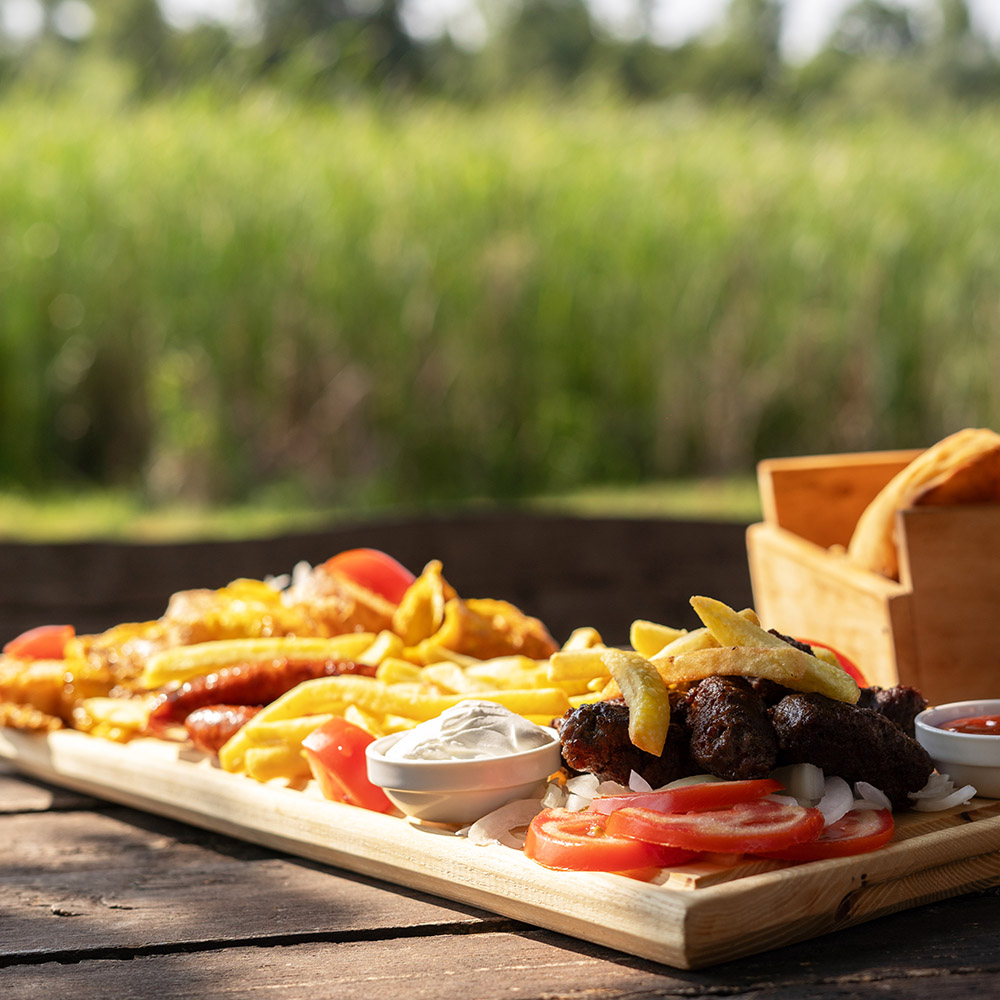

When it’s time for the table, Srem shows its noble abundance. It’s hard to imagine a meal without kulen, homemade sausages, river fish, or a glass of white wine from Fruška Gora. At every corner, the aroma of homemade food can be felt—carefully prepared and seasoned just right.
The surroundings of Sremska Mitrovica are known for vineyards stretching across the gentle slopes of Fruška Gora. Numerous small wineries, often family-run, open their doors to travelers eager to taste wines that smell of summer and childhood. White, semi-dry, perfect with a plate of cheese or a slice of Srem’s famous kulen. Wines from these cellars often grace the local tables, accompanying long gatherings and even longer conversations.
Besides its natural beauty, Zasavica also offers gastronomic treasures—Mangalica meat products, homemade jams, and the famous donkey-milk cheese. This precious delicacy has become a symbol of authenticity and a story about the fusion of tradition and modern craftsmanship.
In Sremska Mitrovica, food is not merely eaten—it is enjoyed. Here, meals aren’t rushed; they are shared with balance, a smile, and a good story in every bite.
The Taste of Srem

A City That Welcomes You Like a Host
Sremska Mitrovica loves gradual arrivals. It’s enough to step into the old quarter, peek into the museum, drink a coffee on the square, and let your feet carry you toward the river. The city remembers collectively and personally, so you might feel as if you’ve been here before—as if the antiques in shop windows and the pavement beneath your feet recognize you. That sense of belonging comes from people who love their city and know how to show it.
At the local Tourist Organization, visitors can get maps, tips, and ideas for exporing—and the best recommendation of all: the one that comes from the heart, when someone tells you, “Go there, it’s worth it.”
In the end, when the city lights melt into the river’s silence, you realize that Sremska Mitrovica is not merely a destination, but a rhythm. A rhythm that unites Roman mosaics and modern cafés, monastery bells and beach chatter, the peace of Zasavica and the lively footsteps of Žitni Trg. If you’re looking for a place where history greets you like an old friend and nature takes you on a slow walk—you’ve come to the right address.
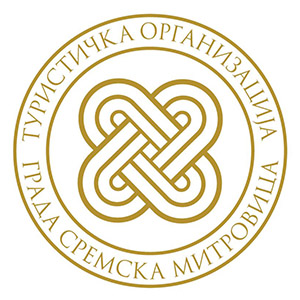
Srеmska Mitrovica Tourist Organization
Svetog Dimitrija 10, 22000 Sremska Mitrovica
*Translation powered by AI



